Families once turned pantry scraps and garden leftovers into filling meals, especially when nothing else was available. Sandwiches became one of the easiest ways to stretch limited food. No one thought of them as creative; they were necessary.
Here are some of these humble meals that reflected the habits, conditions, and resilience of people who had to make every bite count.
Lard and Salt Sandwich
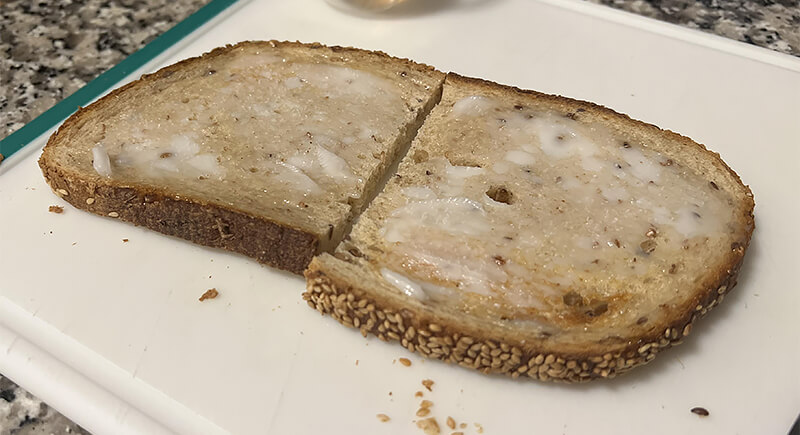
People made this sandwich mainly because it was filling. Lard came from pigs that many rural families raised, and it could be stored without refrigeration. Spread on soft bread with a dash of salt, it became a calorie-heavy meal that cost nothing extra. However, the lard and salt sandwich disappeared after butter and oil became affordable again.
Potted Meat and Pickles Sandwich

Canned meat products like potted ham or deviled meat filled pantry shelves across Depression-era kitchens. It became a staple for workers, soldiers, and schoolchildren. Government-issued rations and food assistance programs usually included canned meat, which explains how this sandwich became so widespread.
Butter and Sugar Sandwich
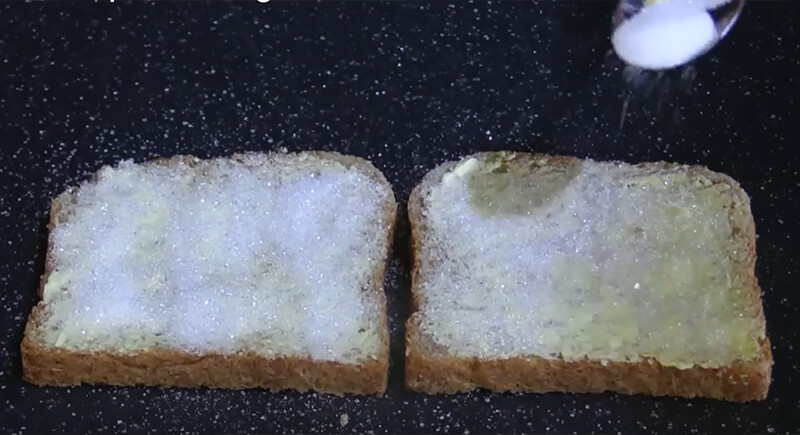
Most families couldn’t afford desserts during the Depression because flour, eggs, and chocolate were either rationed or too expensive. Sugar would cost less in small amounts, and butter, when available, stretched further than baking supplies. So, a slice of bread, a thin layer of butter, and a sprinkle of sugar became the butter and sugar sandwich.
Peanut Butter and Pickles Sandwich
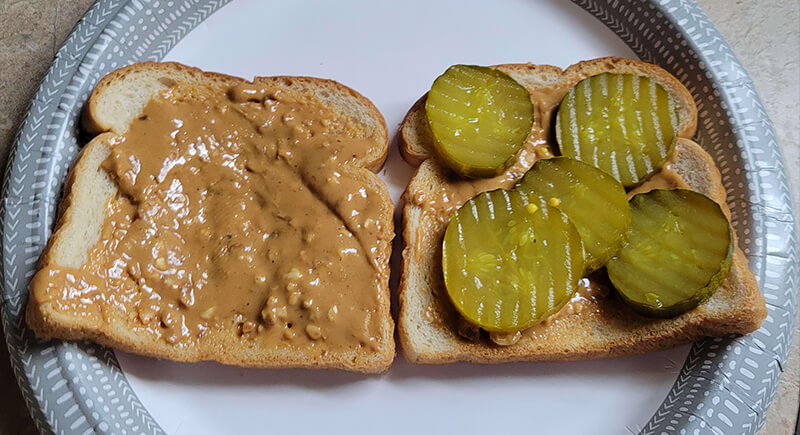
A 1930s USDA bulletin promoted peanut butter as an affordable protein option. Pairing it with home-canned pickles gave the peanut butter and pickles sandwich a salty, tangy edge. Dill pickles were the most common choice, since sweet varieties weren’t widely available at the time.
Cabbage and Mustard Sandwich
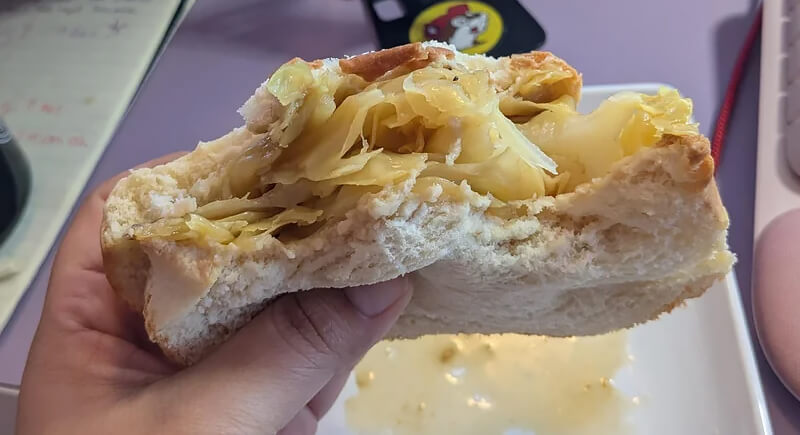
You might remember cabbage lasting through winter in root cellars, which made it a go-to ingredient for frugal households. When cooked or boiled ahead of time, it became the base for the cabbage and mustard sandwich. This option showed up more in rural homes, especially those growing their own produce.
Green Tomato and Butter Sandwich
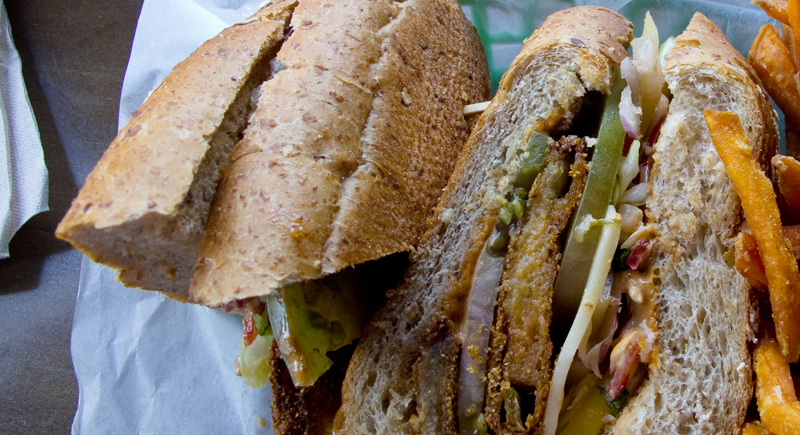
When tomatoes didn’t ripen in time, they were still useful. Sliced green tomatoes placed on buttered bread gave you a green tomato and butter sandwich. It was common in early fall, when cooler weather slowed down ripening. Butter softened the tartness of the tomatoes, and no one needed to add anything else.
Raw Onion and Mustard Sandwich
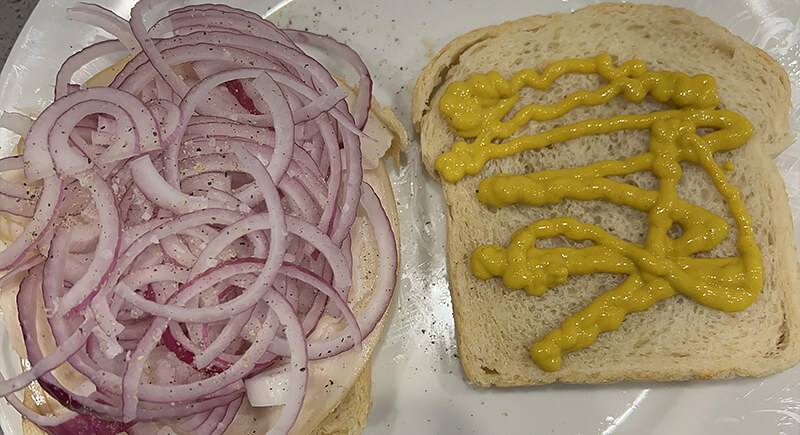
The raw onion and mustard sandwich delivered a harsh bite that most people didn’t exactly enjoy but tolerated. Sliced thin onions paired with yellow mustard made a cheap, pungent meal. Onions stored well and grew easily, which made them reliable when money was tight. This sandwich often turned up in lunch pails headed to farms, factories, and mines.
Cold Hot Dog and Ketchup Sandwich

Back then, some sandwiches didn’t even require cooking. Leftover hot dogs were sliced cold and placed on white bread, then topped with ketchup. It was one of the first things older kids could make for themselves. Soon enough, it vanished mostly because today’s fridges hold more variety, not because anyone truly hated it.
Mashed Potato Sandwich
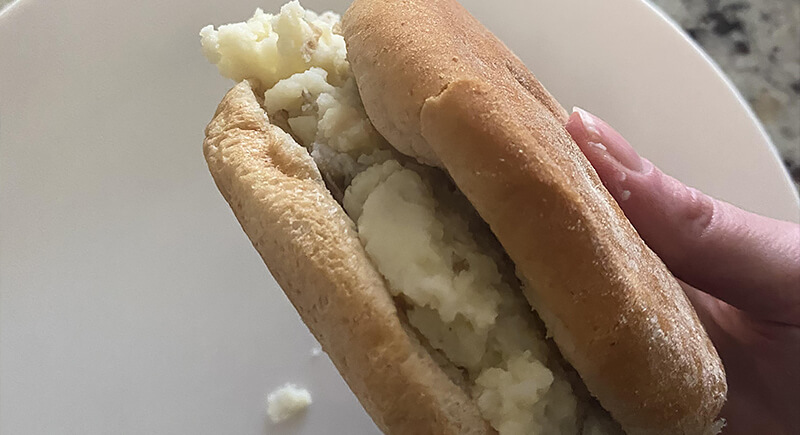
During the Depression era, saving and budgeting were daily necessities. Leftovers never went to waste, particularly something as cheap and hearty as mashed potatoes. The sandwich made sense when meat was gone and the next meal was uncertain. It was quick to make and incurred no additional costs.
Apple and Mayo Sandwich
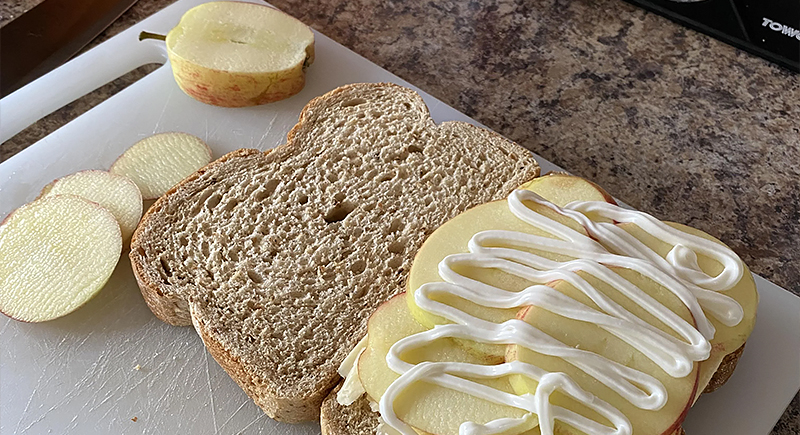
While it sounds odd now, the apple and mayo sandwich used to be a staple at the table. Tart apple slices added crunch, and mayonnaise added just enough creaminess to hold it together. It was quick to make, didn’t need cooking, and helped use up extra apples during harvest season.
Cornbread and Molasses Sandwich

For those who lived in Appalachia and parts of the rural South, heavy reliance on cornmeal-based meals was common. This is why cornbread appeared at nearly every dinner, and leftovers weren’t tossed. Instead, they became the base for the cornbread and molasses sandwich. But as soft sandwich loaves became cheap and widely distributed, these faded away.
Bologna and Potato Salad Sandwich
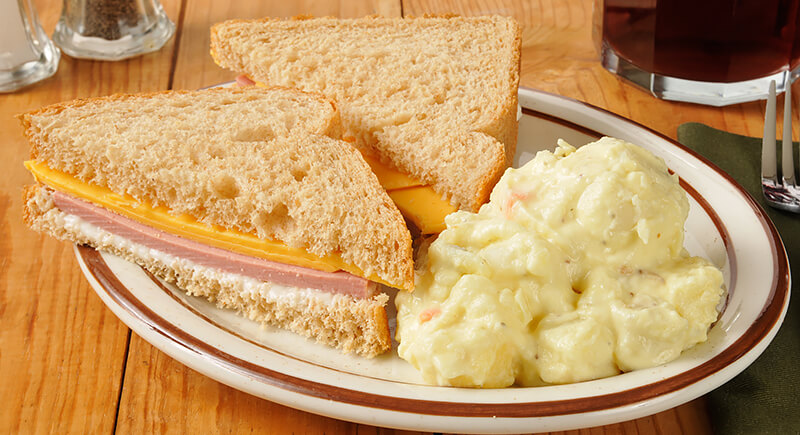
In working-class homes during the 1960s and 1970s, the bologna and potato salad sandwich was a regular lunch. Packed into lunchboxes across factories and schools, it did not need to be reheated to satiate your hunger. It also delivered enough calories to keep someone going through long and tiring shifts.
Banana and Mayonnaise Sandwich

No cookbook contained the recipe for the banana and mayonnaise sandwich, but plenty of households knew how to make it. Bananas spoiled quickly, and wasting them wasn’t an option. Spreading mayonnaise on bread and adding sliced banana created a substantial meal. It became especially common in the South, where bananas were easier to find.
Onion Soaked in Vinegar Sandwich
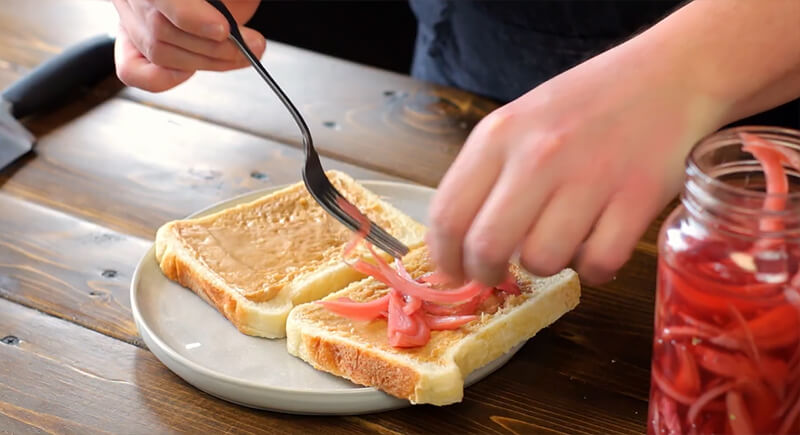
Thin slices of onion soaked in vinegar formed the heart of this sandwich. A pinch of sugar balanced out the acidity. This simple meal made use of two of the most shelf-stable ingredients found in nearly every home. Vinegar softened the onion and preserved it just long enough to last another day.
Creamed Corn Sandwich
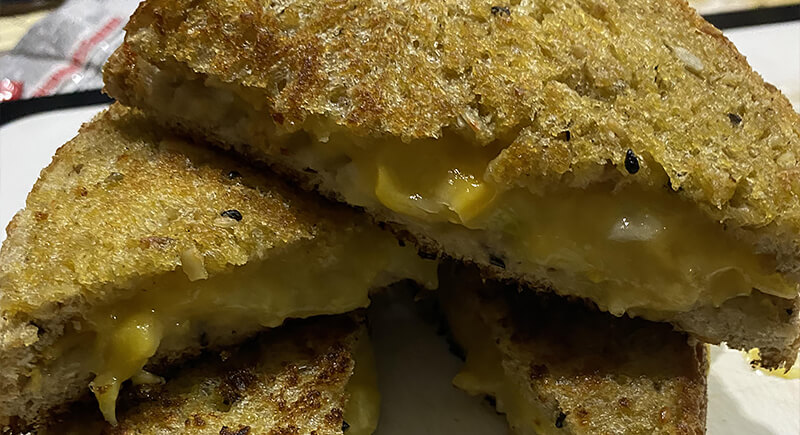
Drained creamed corn spread on sandwich bread made an inexpensive, improvised meal during the Depression. Canned corn became widely available in the early 1900s, and creamed versions offered both sweetness and bulk. However, the snack didn’t survive the transition to modern kitchens. Its texture and messiness made it hard to justify.